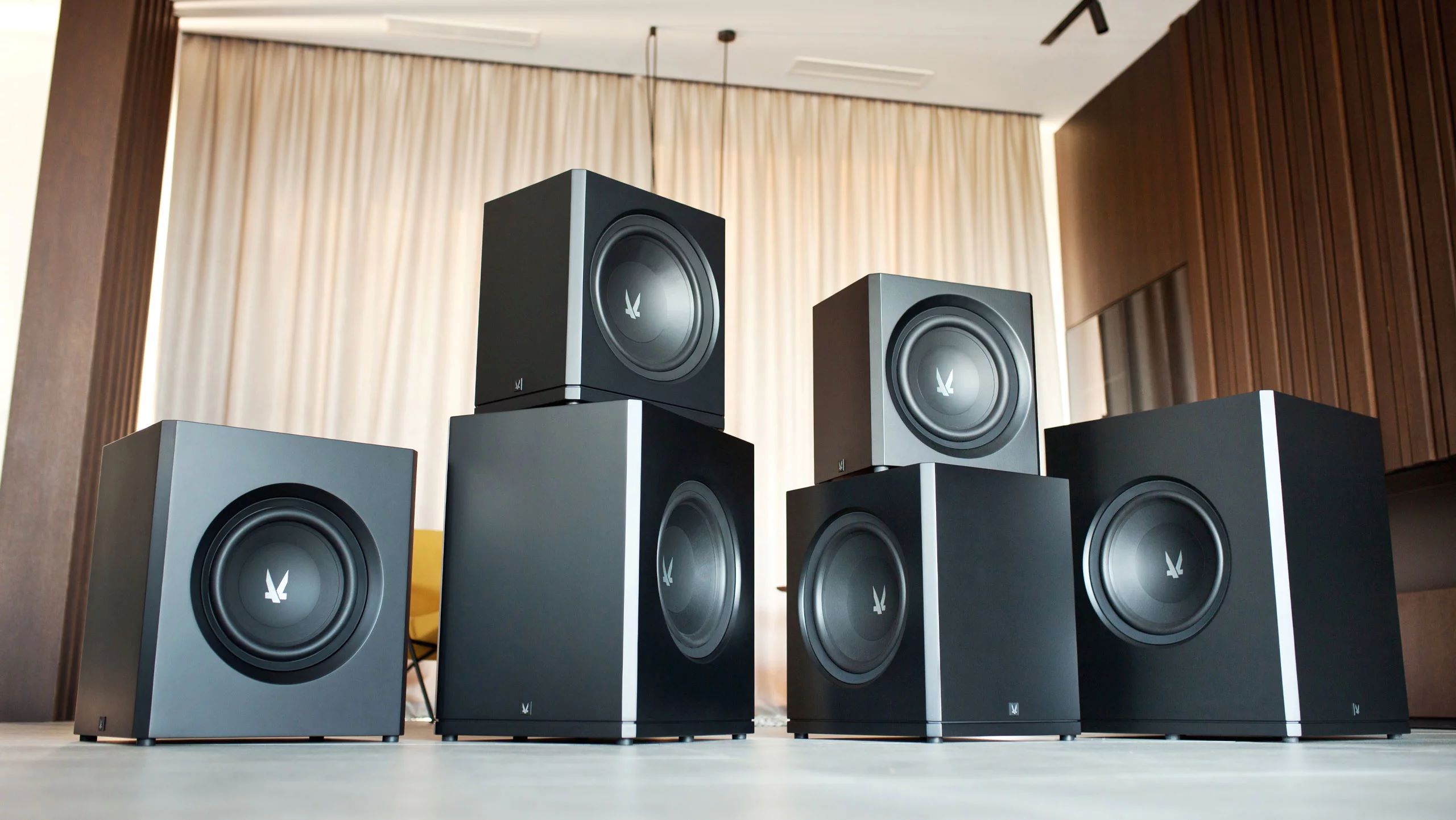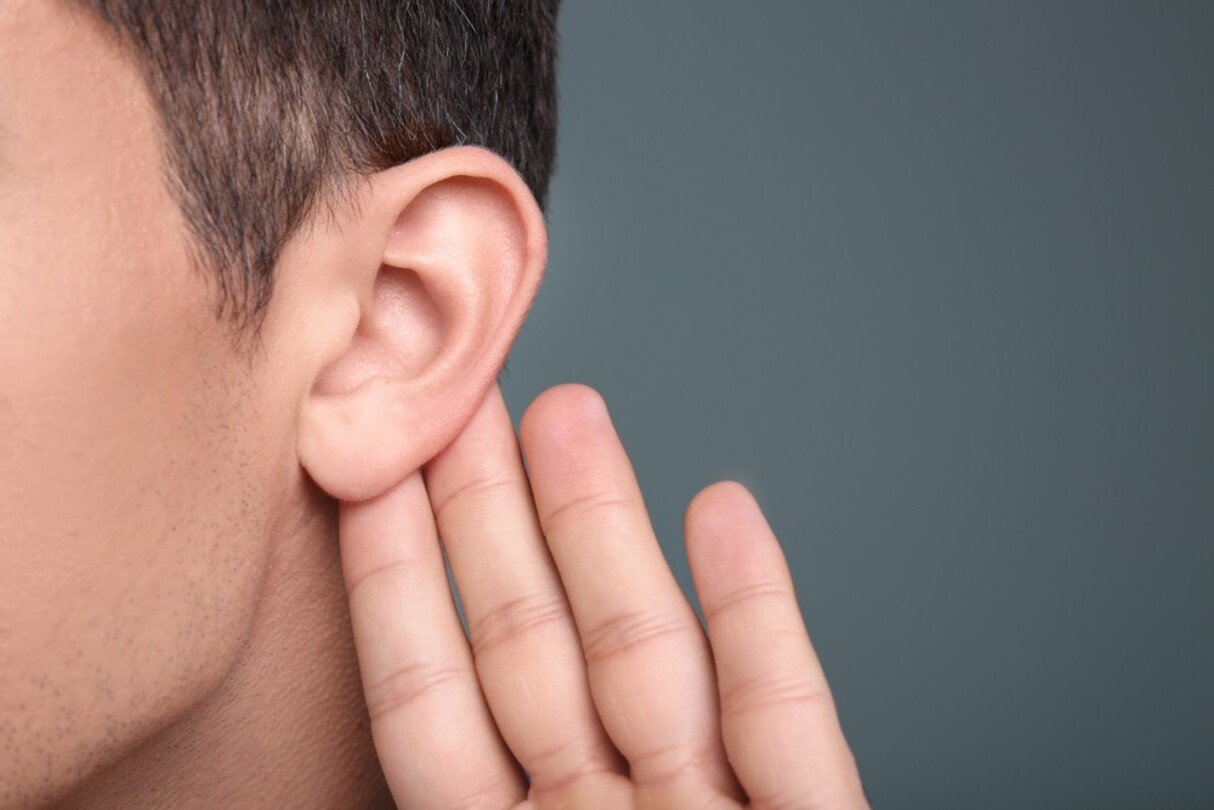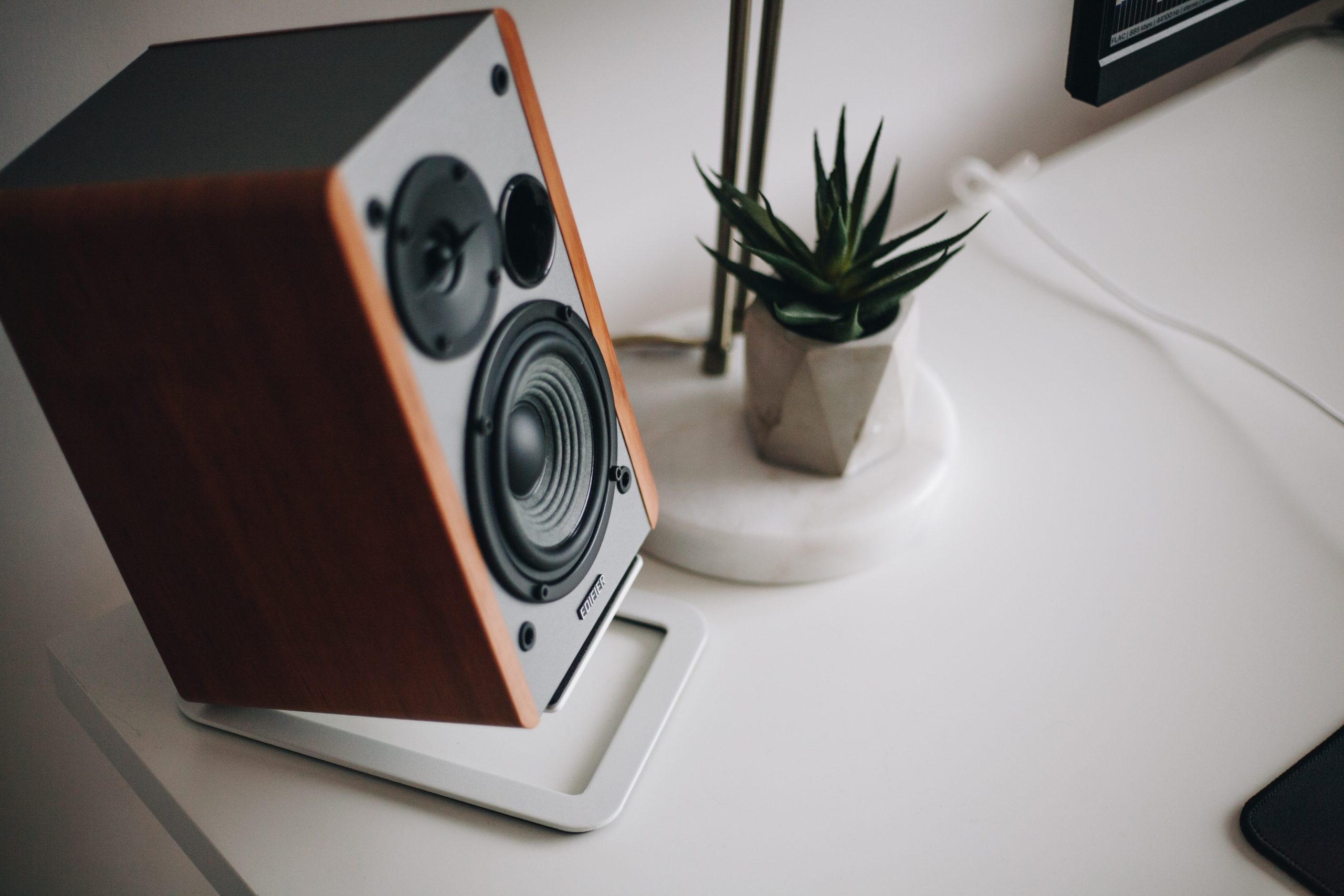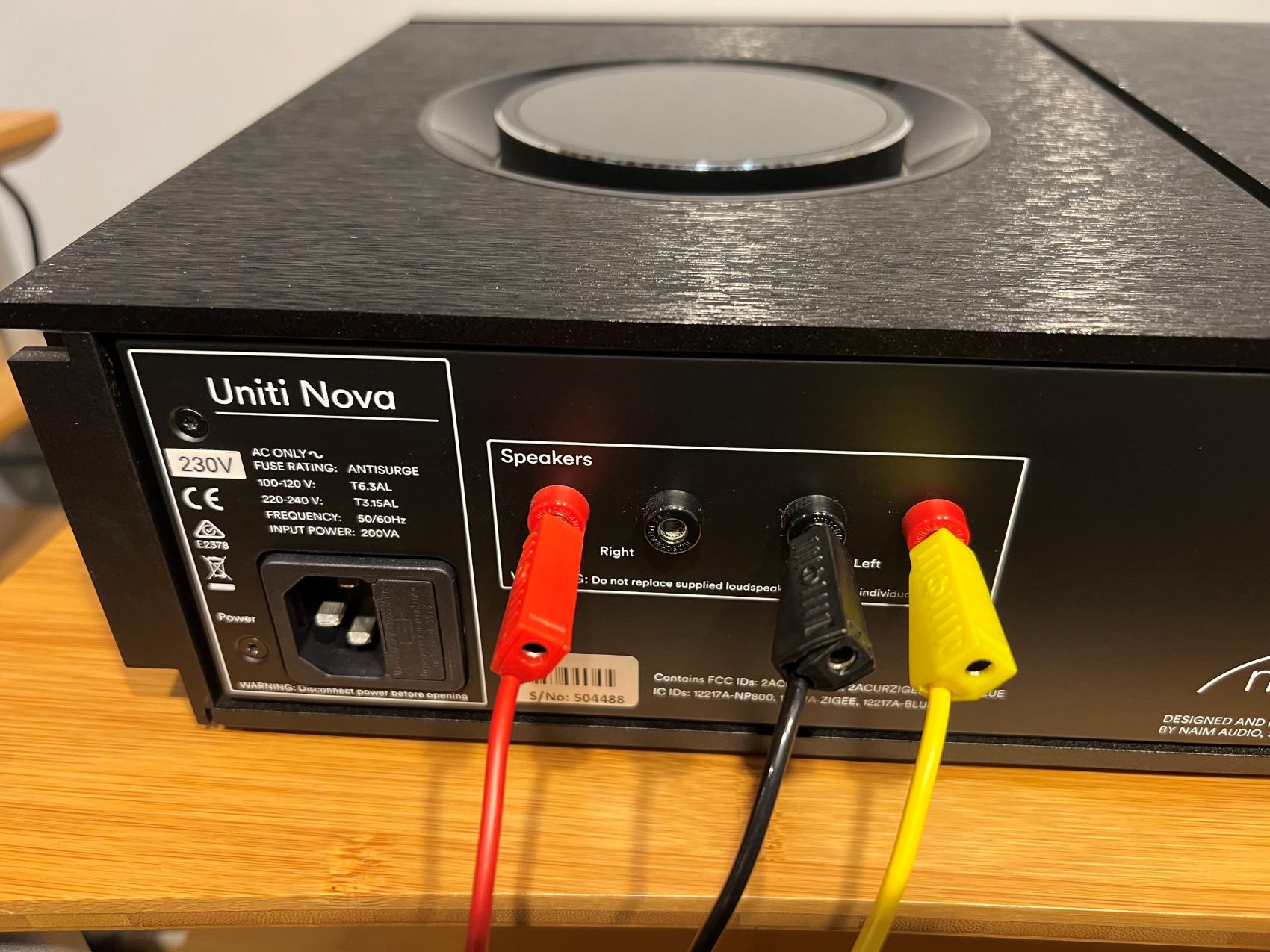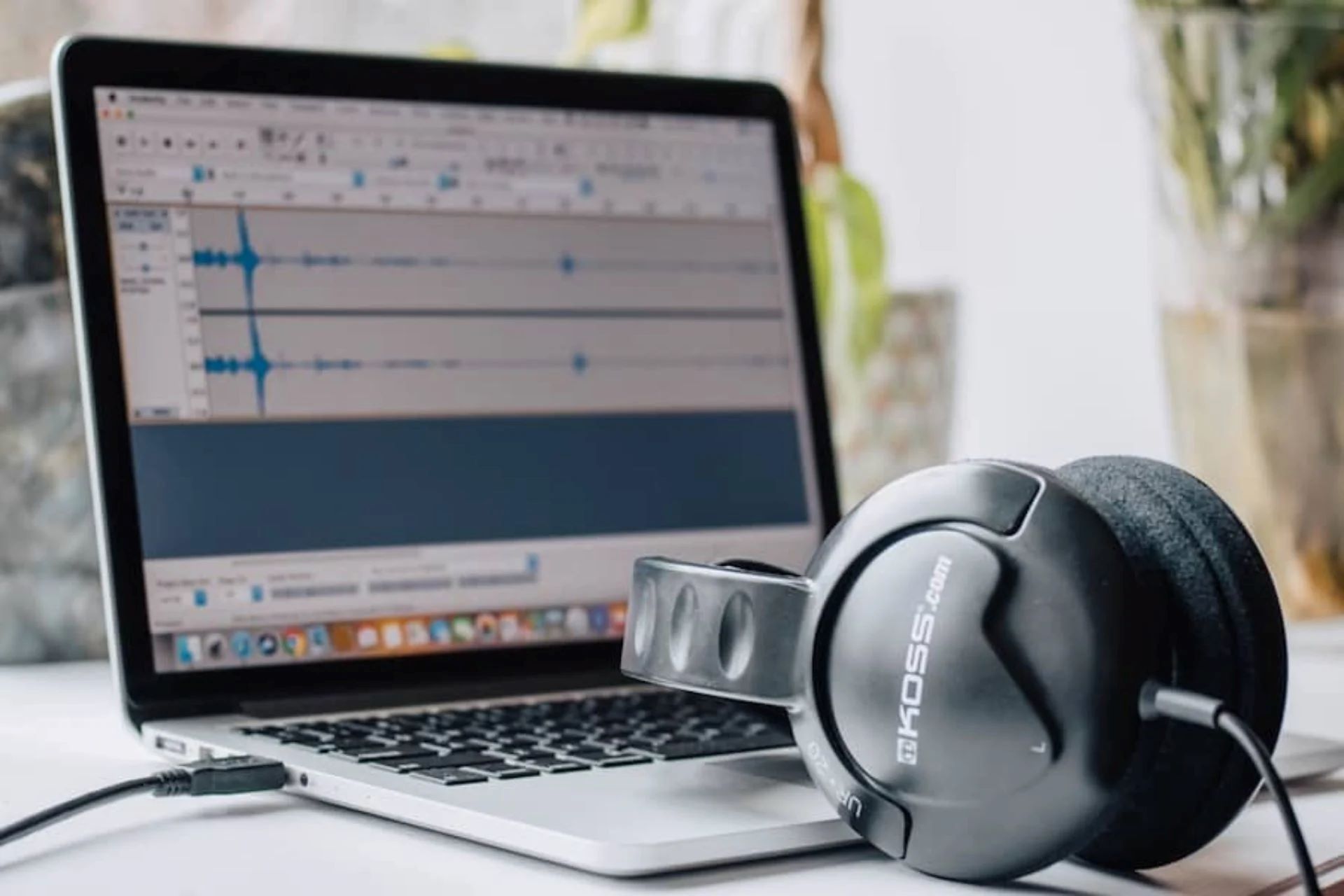Home>Instruments>Piano>How High Should A Piano Bench Be


Piano
How High Should A Piano Bench Be
Published: February 11, 2024
Find the ideal piano bench height for proper posture and comfort. Learn how to adjust the bench to ensure an optimal playing position. Discover the recommended height for your piano bench.
(Many of the links in this article redirect to a specific reviewed product. Your purchase of these products through affiliate links helps to generate commission for AudioLover.com, at no extra cost. Learn more)
Table of Contents
Introduction
When it comes to playing the piano, the significance of proper posture and ergonomics cannot be overstated. One key element in maintaining an ideal playing position is the height of the piano bench. The bench height directly impacts the pianist's comfort, posture, and overall performance. Finding the optimal bench height is crucial for ensuring a balanced and relaxed playing position, which, in turn, contributes to the pianist's musical expression and physical well-being.
The height of a piano bench is not a one-size-fits-all matter. It varies from person to person based on individual factors such as height, arm length, and playing technique. Understanding the importance of bench height, the factors influencing it, and how to determine the right height is essential for pianists of all levels. Whether you are a beginner or an experienced pianist, this guide will provide valuable insights into achieving the optimal piano bench height, enabling you to play with ease and comfort while nurturing a sustainable and enjoyable musical journey.
Importance of Proper Bench Height
The significance of maintaining the correct bench height while playing the piano cannot be overstated. Proper bench height is crucial for promoting good posture, preventing physical strain, and facilitating optimal hand positioning. When the bench is set at the appropriate height, the pianist can sit with a straight back, relaxed shoulders, and arms at the correct angle to the keyboard. This not only enhances playing comfort but also contributes to the prevention of musculoskeletal issues that may arise from prolonged incorrect posture.
Furthermore, the right bench height is essential for achieving proper hand position and finger dexterity. It enables the pianist to maintain a natural and ergonomic hand shape, allowing for greater control and agility while playing. In essence, the correct bench height supports the pianist in executing technical passages with ease and precision, ultimately influencing the quality of the music produced.
For pianists, especially those in the process of learning and refining their skills, the bench height directly impacts their ability to develop a sound technique. Playing with an improperly positioned bench can lead to tension in the arms, wrists, and hands, hindering the development of a fluid and expressive playing style. Conversely, a well-adjusted bench height fosters a conducive environment for honing technique, enabling the pianist to focus on musical interpretation and dynamics without the distraction of physical discomfort.
Moreover, the proper bench height plays a role in a pianist’s overall confidence and mental focus. When seated at the correct height, the pianist feels grounded and in control, allowing for a more immersive and concentrated practice or performance experience. This sense of stability and comfort contributes to the pianist’s confidence in tackling challenging pieces and expressing musical nuances with clarity and conviction.
In summary, the importance of proper bench height extends beyond mere physical comfort; it is a fundamental aspect of creating an environment that nurtures musical development, technical proficiency, and overall well-being for pianists of all levels.
Factors to Consider
Several factors come into play when determining the appropriate height for a piano bench. Understanding these factors is crucial for tailoring the bench height to suit the individual pianist’s physical attributes and playing style. Here are the key considerations:
- Height of the Pianist: The height of the pianist is a primary factor in determining the ideal bench height. Taller individuals may require a higher bench to maintain proper alignment of the arms and hands with the keyboard, while shorter individuals may need a lower bench to achieve the same alignment.
- Arm Length: The length of the pianist’s arms influences the bench height needed to maintain a relaxed and natural hand position on the keys. Longer arms may necessitate a higher bench, whereas shorter arms may be better suited to a lower bench height.
- Playing Technique: Different playing techniques, such as classical versus jazz or pop styles, may require varying bench heights to accommodate the specific hand positions and movements associated with each style.
- Personal Comfort: The pianist’s comfort and sense of physical ease while playing are vital considerations. A bench height that promotes relaxation and minimizes strain during extended practice or performance sessions is essential for sustained enjoyment and musical progress.
- Posture Support: The bench height should facilitate proper posture, allowing the pianist to sit with a straight back, relaxed shoulders, and a natural curve in the arms as they reach the keyboard. This support is essential for preventing physical discomfort and promoting long-term musculoskeletal health.
By taking these factors into account, pianists can make informed adjustments to their bench height, creating an ergonomic and personalized playing environment that enhances their musical experience and performance capabilities.
Determining the Right Height
While there are general guidelines for establishing the appropriate piano bench height, the process of determining the right height is ultimately a personalized endeavor. Here are some practical steps to help pianists find their optimal bench height:
- Initial Positioning: Begin by sitting at the piano with the bench set at a standard height (approximately 19 inches). Ensure that your feet are flat on the floor, and your thighs are parallel to the ground. Your arms should hang comfortably by your sides, with your elbows positioned slightly above the keyboard height.
- Observation and Adjustment: Pay attention to your posture and the alignment of your arms and hands with the keyboard. If you notice that your shoulders are tense, your wrists are strained, or your arms are at an awkward angle, these are indicators that the bench height may need adjustment.
- Experimentation: Make incremental adjustments to the bench height, either raising or lowering it by small increments (e.g., half an inch at a time). Sit at the piano after each adjustment and assess how it feels in terms of comfort, posture, and hand position.
- Playing Test: Play a few passages or pieces that encompass various hand positions and movements relevant to your repertoire. Evaluate how the adjusted bench height influences your playing technique, agility, and overall comfort during the musical performance.
- Comfort and Alignment: The optimal bench height is one that allows you to sit comfortably with a straight back, relaxed shoulders, and arms positioned naturally and comfortably on the keyboard. It should promote a sense of ease and support while playing, without causing strain or tension in any part of your upper body.
It’s important to approach the process of determining the right bench height with patience and attentiveness to your body’s feedback. The goal is to find a height that not only facilitates optimal playing mechanics but also contributes to your overall physical well-being and enjoyment as a pianist.
Adjusting Bench Height
Once the optimal bench height is determined, it’s essential to know how to make the necessary adjustments effectively. Here are the steps for adjusting the piano bench height:
- Manual Adjustment: Most traditional piano benches are designed to be manually adjustable. To raise or lower the bench, locate the adjustment knobs or mechanisms beneath the seat. Loosen the knobs or screws, and then raise or lower the seat to the desired height. Once the appropriate height is achieved, tighten the knobs securely to maintain the position.
- Hydraulic or Mechanized Adjustment: Some modern piano benches are equipped with hydraulic or mechanized systems for effortless height adjustment. If your bench features this functionality, familiarize yourself with the specific operation instructions provided by the manufacturer. Typically, a lever or button is used to activate the height adjustment mechanism, allowing for smooth and precise positioning of the seat.
- Double-Checking Stability: After adjusting the bench height, it’s important to ensure that the seat is stable and securely locked in place. Test the stability by sitting on the bench and applying gentle pressure in different directions. A stable and secure bench provides the necessary support for confident and focused playing.
- Reassessment: Once the bench height is adjusted, take a moment to reassess your posture and comfort at the piano. Sit as you would during a typical practice or performance session and verify that the new bench height promotes the desired alignment, relaxation, and ease of playing.
By mastering the process of adjusting the bench height, pianists can maintain an ergonomic and supportive playing environment that enhances their musical expression and physical well-being. Regular reassessment of the bench height ensures that any changes in the pianist’s physical condition or playing preferences are accommodated, allowing for a consistently comfortable and optimized playing experience.
Conclusion
Attaining the appropriate bench height is a pivotal aspect of creating an optimal playing environment for pianists. The significance of proper bench height extends beyond mere physical comfort; it directly impacts posture, hand positioning, playing technique, and overall musical performance. By considering individual factors such as height, arm length, and playing style, pianists can tailor the bench height to suit their unique requirements, fostering a supportive and ergonomic setting for musical expression and skill development.
Understanding the importance of proper bench height and the process of determining the right height empowers pianists to take an active role in optimizing their playing experience. Through thoughtful observation, experimentation, and adjustment, pianists can achieve a bench height that promotes comfort, relaxation, and alignment, enhancing their musical journey and performance capabilities.
Regular reassessment and adjustment of the bench height ensure that it remains aligned with the pianist’s evolving needs and playing preferences, contributing to sustained physical well-being and musical enjoyment. Ultimately, the quest for the ideal bench height is a dynamic and personalized endeavor, reflecting the commitment to creating an environment that nurtures artistic expression, technical proficiency, and the joy of playing the piano.

